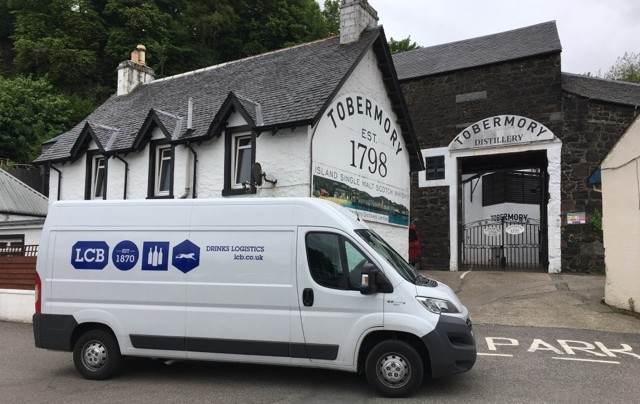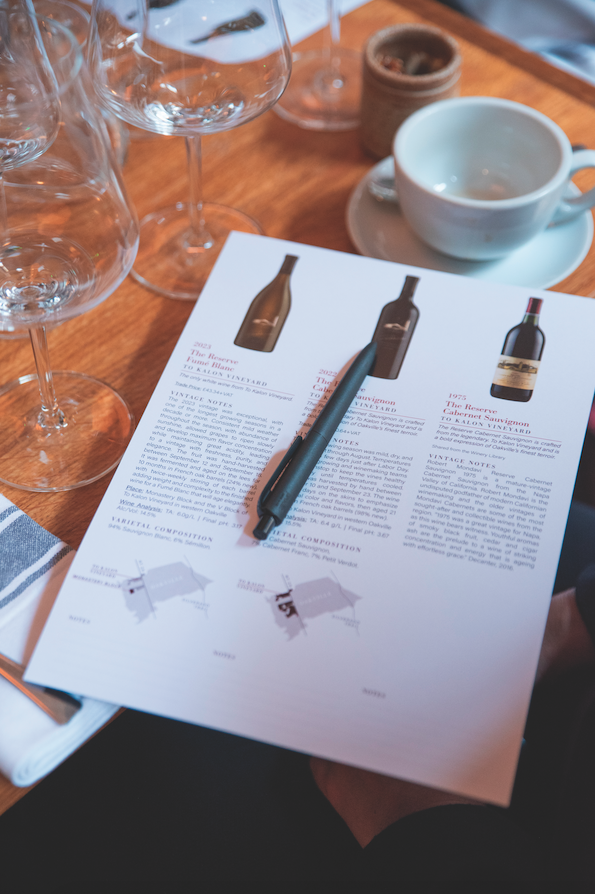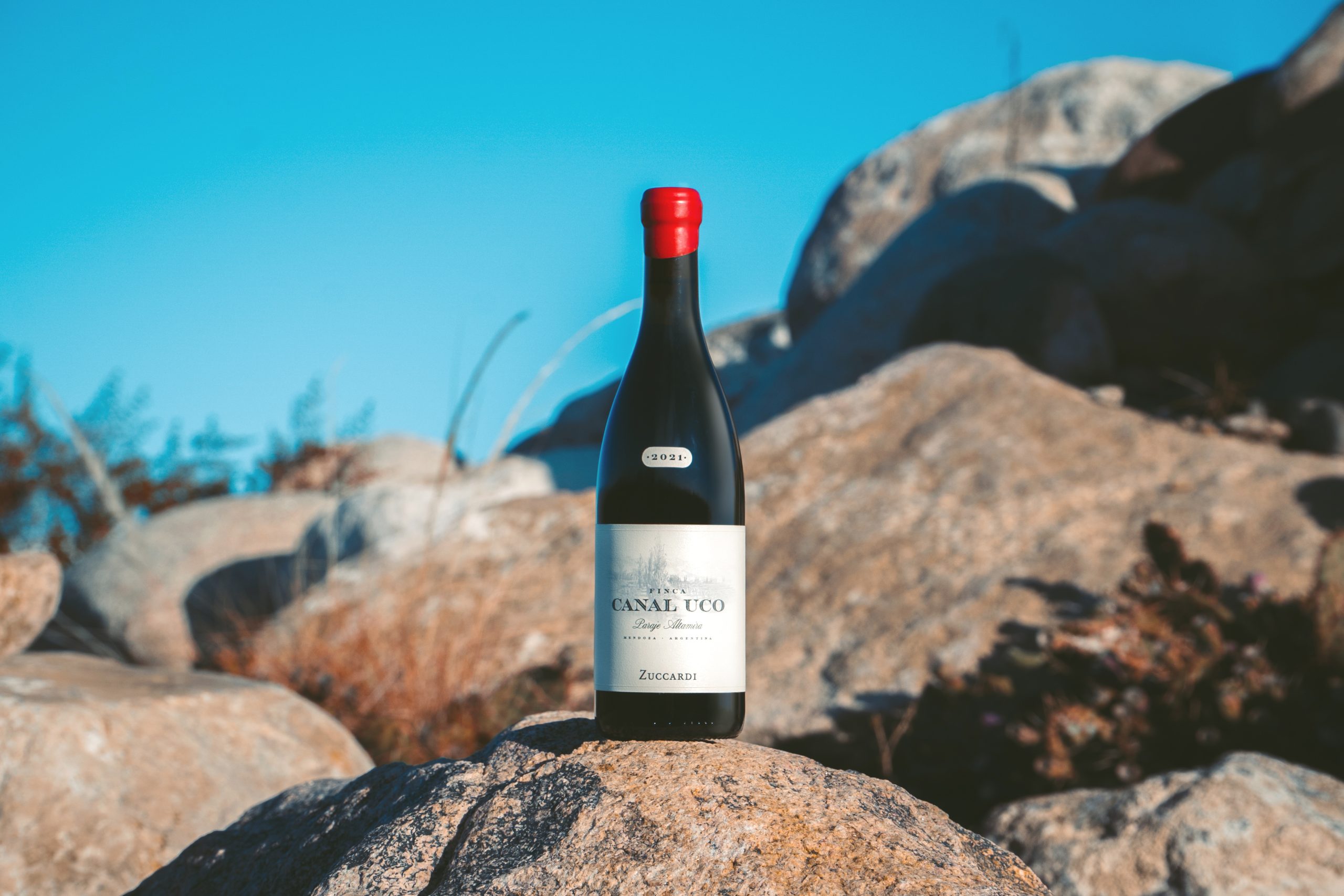Reality Checkpoint
Big vintages, unsold stock and a weak dollar are pressurising prices even for Bordeaux’s top châteaux
Activity in May showed a steadiness not seen all year. There was a 25% rise in volumes on April and a strong 45% increase year-on-year. Stock held by the leading UK merchants was flat for the second consecutive month, bringing a halt (for now) to the steady declines of the past 12 months. The Liv-ex 100 rose 0.6%, taking its annual gain to 4.3%.
It has become a regular theme in this piece to argue that older claret looks better value than young vintages. In the wake of the relative failure of the 2004 campaign, this argument is only getting stronger. Indeed, although prices were mostly significantly down on 2003, wines in 2004 were, by and large, still priced too high to sell. An update of last month’s fair value analysis (which compares prices to quality) shows that on average the top wines were 11% overvalued, suggesting that consumers were right to give the vintage a wide berth. In recent years, the top châteaux have seemed immune from the crisis that is afflicting most of the wine industry in Bordeaux, but prices for even the very best wines look set for a reality check in the next few years. Indeed, for the most part, even before the difficult 2004 campaign, there were uncomfortably high levels of unsold stock for 1998, 1999, 2001 and 2002. The fact that 2004 was one of the largest crops on record and that early reports suggest that 2005 will be bountiful too is obviously going to put further pressure on prices.
Partner Content
To some extent these factors, together with the effect of a relatively weak dollar, have already had an impact on châteaux release prices (as the chart below shows). Most prices have declined since the heady days of 2000, although our index of Left Bank opening prices shows that these record levels were matched again in 2003. It is Right Bank wines, however, that have seen the most prolific increase in prices in the last decade, rising six-fold between 1992 and 2000. Not surprisingly, Right Bank prices have also been the hardest hit since the peak. Indeed, while the châteaux on the Left Bank released their wines in 2004 above 2002 on average, owners on the Right Bank released at the lowest prices since 1996. Worryingly for the proprietors, these wines still failed to attract much buying interest. But with an average price of €30.70 per bottle, they still do not look good value against an average of just €18.50 on the Left Bank.




